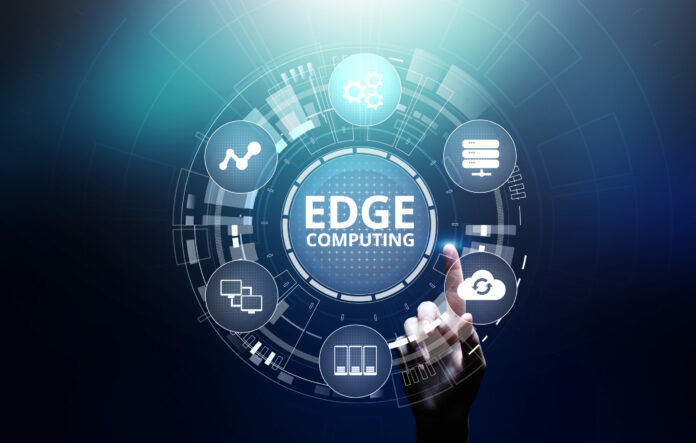Edge computing has long been on the IT and operations radar, but recently it has entered the corporate stream practically in every business, according to Network World. 5G will only increase demand and require more resources.
Smarter supply chains are enabled by a combination of edge computing and Industrial Internet of Things (IoT) devices, which better equip businesses to handle all types of interruption. Drones that are employed for a variety of purposes, from disinfection and diagnosis to crowd management and deliveries, can benefit from edge computing.
Edge computing with 5G can also help with concerns like bandwidth, speed, and security aid networks dealing with sudden and ongoing traffic surges with capacity, performance, and security challenges.
In reality, 5G opens the door to a situation in which edge computing is no longer a choice, but a requirement. Edge computing has the potential to alter entire processes aids in the resolution of problems arising from today’s ever-increasing volumes of data.
Customers’ expectations for engaging, immersive real-time interactions are rising, and the line between the physical and digital worlds is blurring. The accompanying explosion in the number of IoT devices and their computational power is creating massive volumes of data.
As 5G networks provide higher speeds and more connected devices, data volumes will grow even faster. According to IDC, every connected individual on the planet will have at least one digital data interaction every 18 seconds by 2025, most likely from one of the billions of IoT devices that will generate over 90 ZB of data in that year.
Sending all of that data from devices to a centralised data centre or the cloud will almost surely cause bandwidth, energy, and latency difficulties.
Almost any application in a distributed system can benefit from edge computing. Businesses may make judgments and take actions based on the most up-to-date data by analysing data at its source. When you combine 5G’s speed and low latency with edge-based applications, you get a whole new level of innovation.
Data amount transferred to the cloud is decreased by processing data at the edge in real-time. Edge computing does not require connectivity with a centralized cloud, allowing for offline dependability.
An IoT device with edge computing capabilities acts on data even when it is not connected to the internet.
Follow and connect with us on Facebook, LinkedIn & Twitter

